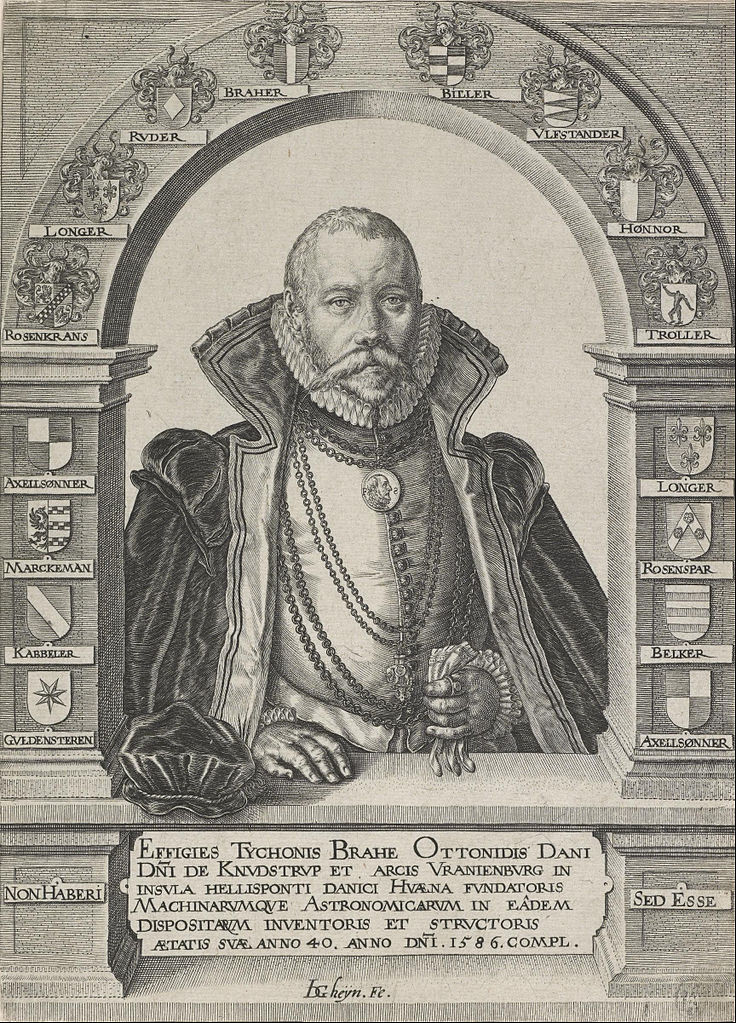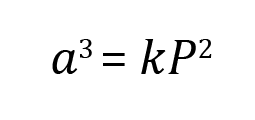3.1: Observations of Motion- Brahe, Kepler, and Galilei
- Page ID
- 64077

Tycho Brahe made numerous measurements of the positions of astronomical objects until his death in 1601. His measurements were accurate to better than 1/100 of a degree.
Johannes Kepler was Tycho’s assistant. Kepler tried to obtain Tycho’s data to fit the Copernican Heliocentric Solar System Model. (Kepler’s and Tycho did not get along.) But Tycho’s data did not exactly work for a Heliocentric Solar System! So Kepler looked for a new model, and from that he developed Kepler’s Laws.
Kepler’s First Law
The planets travel around the Sun in elliptical orbits. Copernicus thought the planets moved in perfect circles, whereas Kepler defined these as ellipses, based on Brahe’s data.
Kepler’s Second Law
As a planet orbits the Sun, it sweeps out equal areas of its ellipse in equal periods of time. The closer the planet to the Sun (or its star), the faster it moves.
Kepler’s Second Law is stated as:

Where:
- v is the orbiting object’s velocity
- a is the semimajor axis of the object’s orbit
- P is the sidereal period of revolution
- r is the distance between the orbiting object and the body being orbited, such as Earth orbiting the Sun, or the Moon orbiting Earth
Kepler’s Third law
A relationship exists between the planet’s period and its distance from the Sun.
Kepler’s Third Law is stated as:

Where:
- a is the orbiting object’s semimajor axis
- P is the orbiting object’s period to orbit
- r is a constant, referred to as Kepler’s constant
- Provided by: Florida State College at Jacksonville. License: CC BY: Attribution

